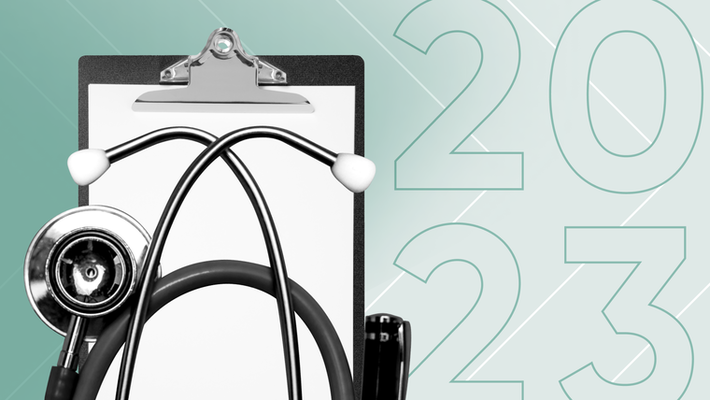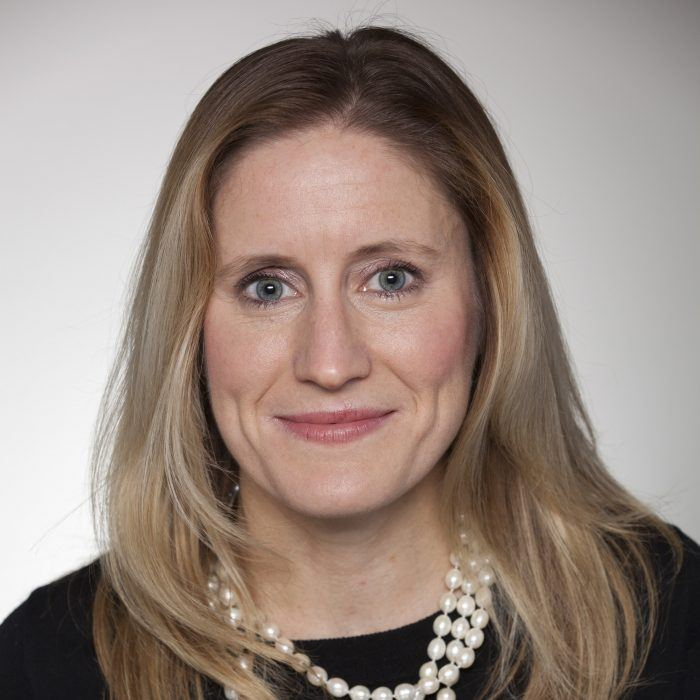
As 2023 begins in earnest, the healthcare industry is facing a number of challenges and opportunities related to digital shifts and the patient experience.
With the emergence of new technologies, shifting consumer preferences, and rising costs, healthcare organizations will need to adapt in order to stay competitive to meet the needs of patients and consumers. With this goal in mind, let's take a look at three key trends that are poised to have a significant impact on the healthcare industry in 2023 — and what healthcare organizations can do to prepare.
One of the defining characteristics of the healthcare industry in 2023 is the increasing importance of consumer choice.
Patients are becoming savvier — and more demanding when it comes to their healthcare. They want more options and control over their care. Organizations like Amazon and CVS will continue to evolve their healthcare strategies (especially locally), and the availability of these options will drive more people to choose their care outside of a health system.
Because individuals are seeking care via digital channels and constantly focusing on local options, healthcare organizations will need to do a better job understanding the digital experiences and optimizing for those to focus on providing personalized, convenient, and affordable care options in order to meet patient needs. Consumer choice will reign supreme – and this means competition for patients will be as strong as ever.
Another trend we're likely to see in 2023 is the continued growth of data liberation and increased attention on IT teams. Will this finally be the year to break down data silos and walled technologies? IT teams have traditionally focused on one technology – the EMR – and left other technology to different groups within health systems.
I've been seeing a lot of organizations consolidate technology investments into the IT teams with an eye towards operational efficiencies, and this also shows that the EMR cannot (and should not) do everything. Data will live in multiple enterprise applications, and IT teams will need to focus heavily on how to liberate the data in these applications and ensure that data can flow from one system to another.
With the ability to share data across different healthcare organizations and providers, healthcare organizations will be able to break down data silos and improve patient outcomes. This will put pressure on healthcare organizations to invest in data-sharing infrastructure, knowledge graphs that can be leveraged by multiple teams (e.g., marketing, IT, HR, etc.), and IT teams to manage the data. It will also force marketing teams to work very closely with IT to ensure their goals are met from a patient acquisition standpoint and through using technology that can assist in that goal.
The prognosis for the healthcare industry is rather grim for 2023 — and much of this is driven by the staffing shortages and rising costs across the board. With fewer resources, lower budgets, consolidating technologies, and fewer employees, healthcare organizations will need to find innovative ways to provide the same level of care and access. Organizations are operating on a "try to do what we've always done with half as much staff and budget," and it's not working.
That said, it's becoming increasingly clear that healthcare organizations will need to do more with less in 2023 – and that will mean facing the fact that everyone will need to come up with novel and innovative ways to provide the same level of care and access. For example, does a surgery need to happen with five staff members supporting the surgeon, or is there a world in which the surgery can take place with three?
How about if you can't hire a team to write healthcare content on your site: is it worth checking out ChatGPT to help you write that content (and maybe just rely on one team member to edit that content)? What about if you need to manage the patient experience and what people are saying about you online on Google? Would it make sense to outsource that review response to a partner instead of hiring someone to do it as a full time role? Doing more with less means thinking outside of the box, and 2023 may be the year that healthcare gets creative.
In summary, healthcare organizations will need to be aware of the growing importance of consumer choice, the continued growth of data liberation and increased attention on IT teams, and the need to do more with less. By investing in the right strategies and technologies, healthcare organizations can successfully adapt to the changing landscape and continue to provide high-quality care to patients in 2023 and beyond.
Ready to explore solutions to deliver a better patient and consumer experience? Click here to learn more.

The original version of this page was published at: https://www.yext.com/blog/2023/01/the-future-of-healthcare-three-predictions-for-whats-to-come-in-2023
Yext (NYSE: YEXT) helps organizations answer every question about their business. Yext's Answers Platform collects and organizes content into a Knowledge Graph, then leverages a complementary set o... Read more
It’s hard to be prepared for moments like the one we are facing right now. Fear about the spread of the COVID-19 coronavirus is abundant, and the actions of individuals and businesses ...read more
More than 266 million Americans now shop online, indicating an increase of at least 30 million users since the onset of the pandemic. We've since observed the same trend in ...read more
When a late-night TV host made a joke based on a news article about an upcoming (and as it turned out nonexistent) toilet paper shortage, he inadvertently created just that. The following ...read more
You asked:“In a time of slashed budgets, what should I include in my martech stack to enhance my marketing efforts and increase ROI on spend?”Yext answers: The global ...read more